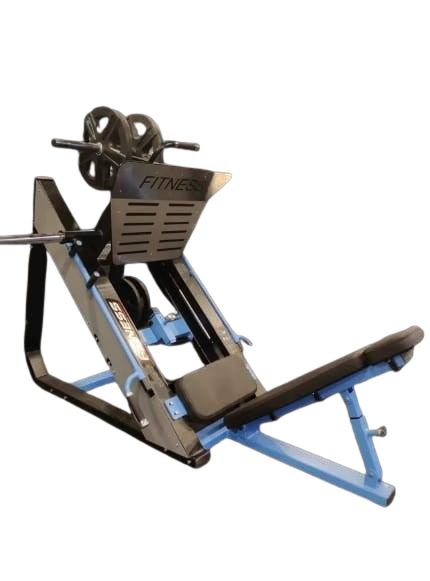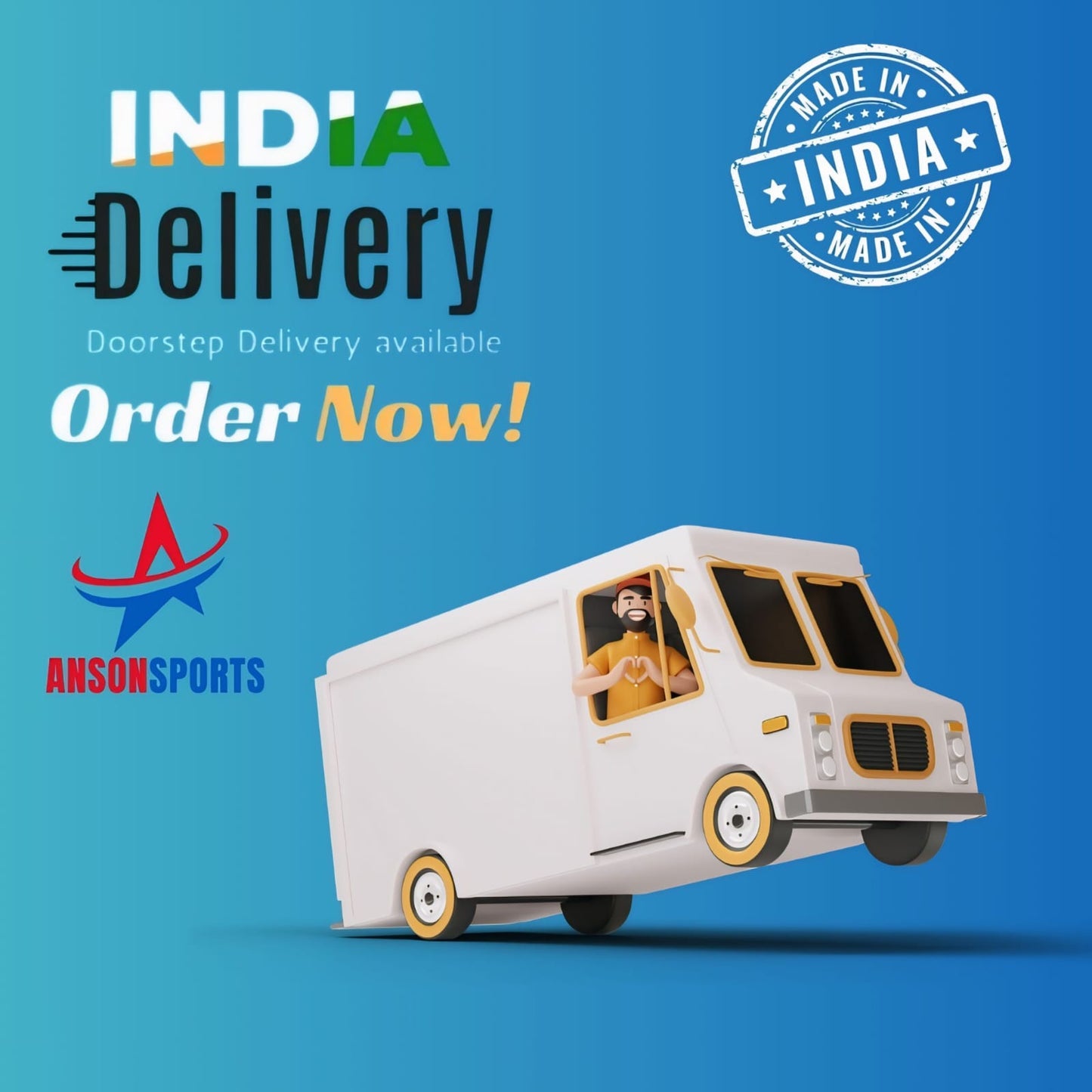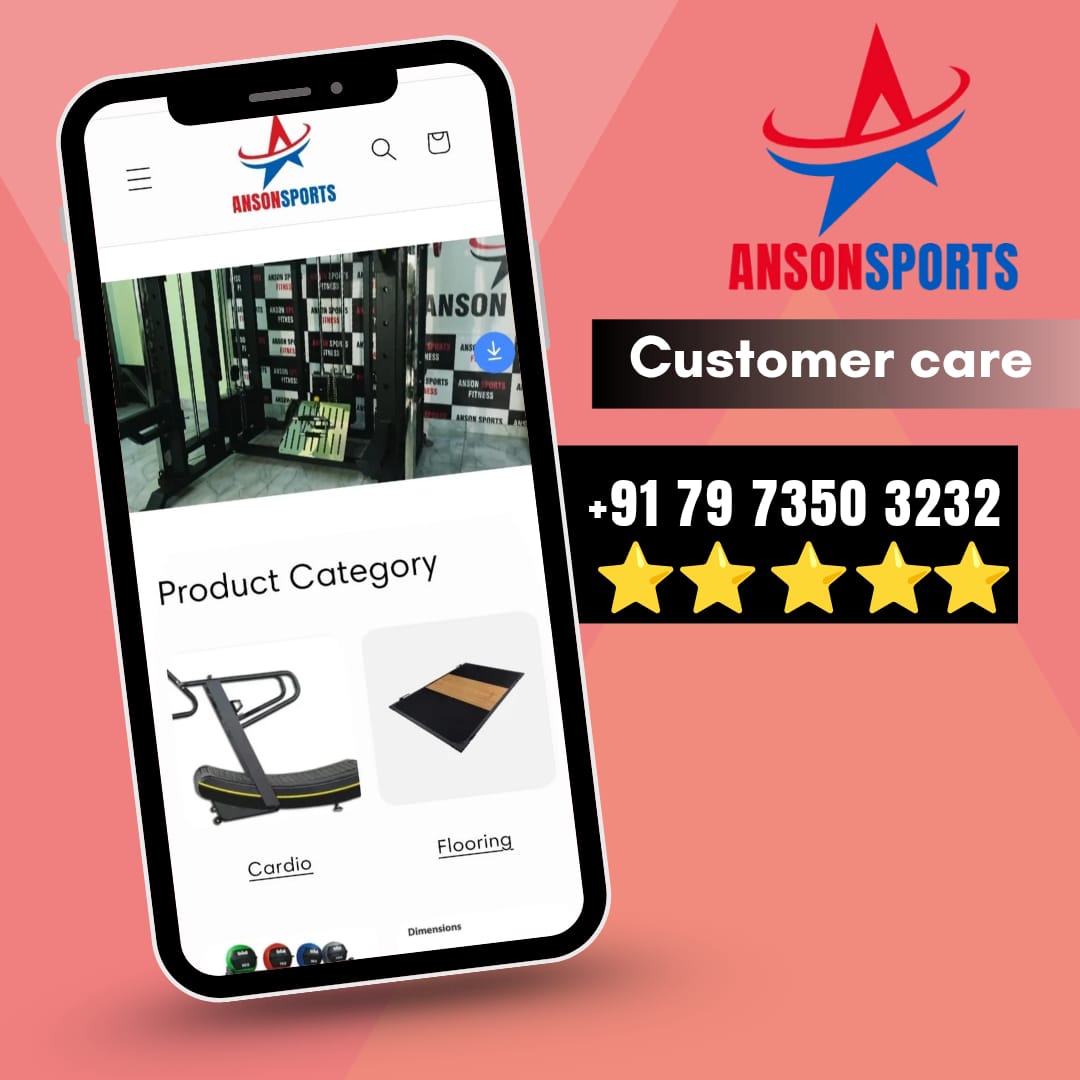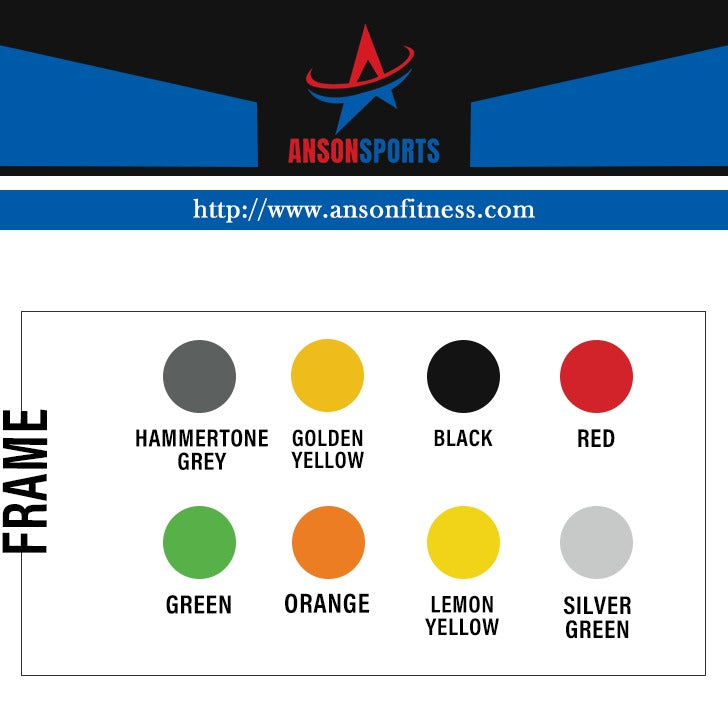Anson Fitness
Anson Leg Press Heavy Machine
Anson Leg Press Heavy Machine
Couldn't load pickup availability
Description
Description
Leg Press Heavy Machine
The Leg Press Heavy Machine is a powerful and versatile strength training apparatus designed for targeting the lower body, primarily the quadriceps, hamstrings, glutes, and calves. It is a staple in gyms and fitness centers, providing a safe and controlled environment for individuals looking to build lower-body strength, muscular endurance, and hypertrophy (muscle growth).
Unlike free-weight squats, which require significant balance and stabilization, the leg press machine allows users to lift heavy loads safely by providing back and hip support while directing force through the legs. This machine is particularly beneficial for bodybuilders, powerlifters, athletes, and rehabilitation patients, as it minimizes the risk of spinal compression and offers controlled movement patterns.
1. Design and Functionality
The Heavy Leg Press Machine consists of a sturdy steel frame, a large footplate, a backrest seat, and an adjustable weight-loading system. Depending on the design, it may be plate-loaded (hammer strength style) or stack-weighted (selectorized resistance). The user sits in a reclined or horizontal position, placing their feet on the footplate and pushing against the resistance to extend their legs.
Types of Heavy Leg Press Machines
There are different variations of leg press machines, each with unique features:
-
45-Degree Angled Leg Press (Plate-Loaded)
- The most common heavy-duty leg press machine.
- The seat is positioned at an angle, and the user pushes a weighted sled upward along guided rails.
- Allows for high weight capacity, making it suitable for strength training and bodybuilding.
-
Horizontal Leg Press (Selectorized)
- Uses a cable-based weight stack with a lever system for resistance.
- The movement path is linear, making it more beginner-friendly.
- Generally used in commercial gyms, rehabilitation centers, and fitness clubs.
-
Vertical Leg Press
- The user lies on their back and presses the weight directly upward.
- Less common but effective for maximal quad and glute activation.
- Requires excellent control and mobility to prevent knee strain.
2. Key Features and Benefits
A. High Weight Capacity for Strength Training
- The heavy-duty frame and guided track allow users to lift significantly heavier loads than squats or lunges.
- Ideal for progressive overload, a key principle in muscle growth.
- Supports up to 1,000 lbs or more in some plate-loaded models, catering to elite athletes and powerlifters.
B. Safety and Joint Protection
- Reduces spinal compression compared to free-weight squats, making it a great alternative for those with back issues.
- The seat and backrest provide stability, minimizing strain on the lower back.
- Controlled movement reduces injury risk, especially for beginners or those recovering from injuries.
C. Targeted Lower-Body Muscle Activation
- Quadriceps: The primary muscle worked, responsible for knee extension.
- Glutes: Engaged during the pushing phase, especially with a higher foot placement.
- Hamstrings: Assist in stabilizing and extending the hips.
- Calves: Work isometrically and dynamically during the movement.
D. Versatile Foot Placement for Muscle Emphasis
- Feet High on the Platform: Focuses more on the glutes and hamstrings.
- Feet Low on the Platform: Places greater emphasis on the quadriceps.
- Feet Wide Apart: Activates the inner thighs (adductors).
- Feet Close Together: Targets the outer quads (vastus lateralis).
E. Suitable for All Fitness Levels
- Beginners can start with lighter loads and a shorter range of motion, gradually increasing intensity.
- Advanced lifters can maximize muscle growth by using higher weights and varied foot placements.
- Athletes benefit from increased lower-body strength, power, and endurance.
3. How to Use the Heavy Leg Press Machine
-
Adjust the Seat & Load the Weight:
- Position the backrest to support your lower back.
- Set the appropriate weight plates or select the desired resistance.
-
Position Your Feet Correctly:
- Place your feet shoulder-width apart on the footplate.
- Keep your knees aligned with your toes.
-
Perform the Leg Press Movement:
- Push through your heels to extend your legs and press the platform upward.
- Avoid locking your knees at full extension to prevent injury.
- Slowly lower the weight under control until your knees are at a 90-degree angle or slightly deeper.
-
Complete the Repetitions:
- Perform 8–15 reps per set, depending on your training goals.
- Maintain smooth, controlled movements without bouncing the weight.
4. Common Mistakes to Avoid
- Placing Feet Too Low on the Platform: Increases knee strain and reduces glute engagement.
- Locking the Knees at the Top: Can lead to joint hyperextension and potential injuries.
- Using Excessive Weight with Poor Form: Reduces effectiveness and increases injury risk.
- Lifting the Lower Back Off the Seat: Indicates improper setup or too much weight.
Share









